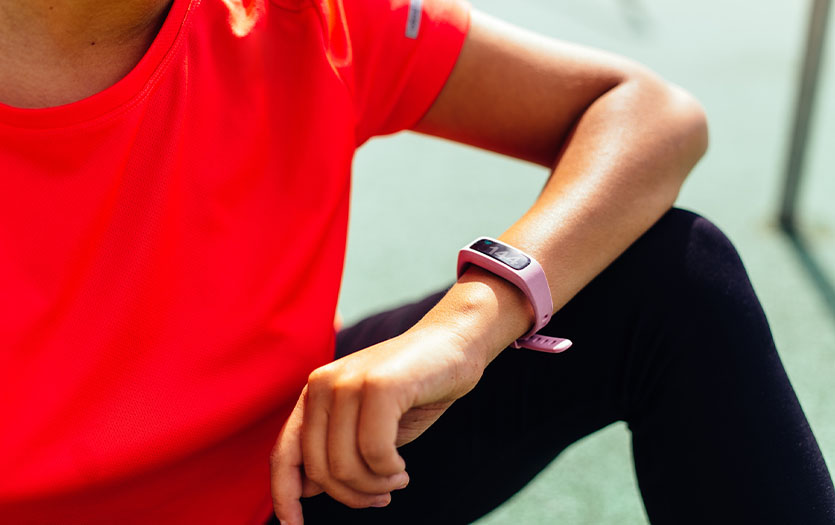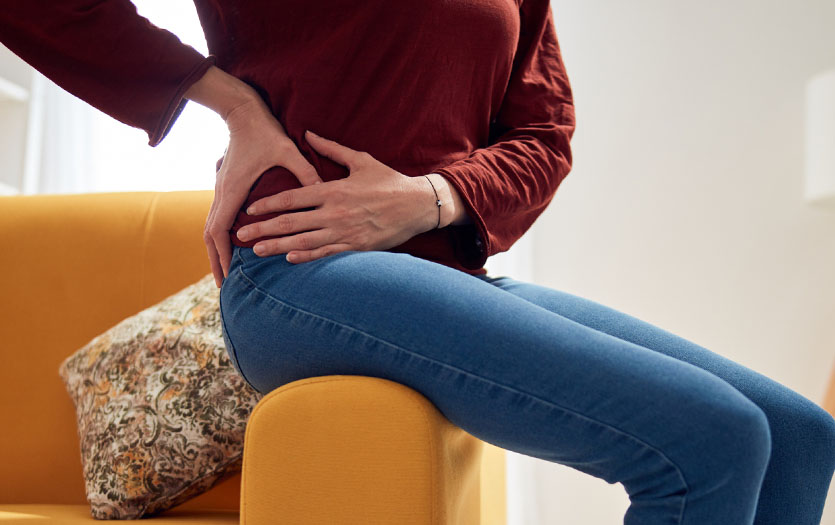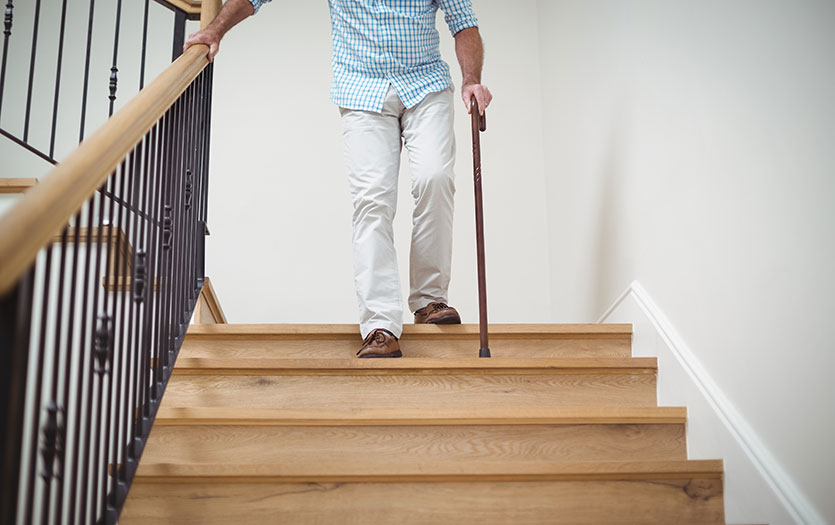Lauren Owens, healthy living esthetician, Parkview Center for Healthy Living, answers your questions about the basics of caring for your skin.
Q: What common ingredients should I avoid applying to my skin?
A: When it comes to skincare, what you put on the outside of your body should be as natural and healthy as what you put inside of it. Unfortunately, the majority of standard skincare in today’s market consists of cosmetic chemicals that can worsen your pre-existing skin problems. Petroleum-derivatives, detergents, parabens, alcohols, fragrances, solvents, and other chemicals block skin respiration by only sitting on top of the skin, which causes symptoms of stress including, dryness, clogged pores and irritation. These ingredients offer no benefit to skin health but instead give products a lavish texture, color and scent.
These ingredients can be found in inexpensive and expensive products. It is important to know what ingredients to look out for and always read the label. The money you are spending on product is most often paying for ingredients, formulation, packaging and brand status. In many cases, you are often paying for efficacy as well.
Q: What are non-comedogenic products?
A: Non-comedogenic products are specifically formulated and designed to not cause blocked pores. Using comedogenic products can result in acne, often formed from an over production of sebum (the oily substance on the skin) and bacteria. When the pores become clogged with sebum, bacteria will rapidly grow and whiteheads, blackheads and pustules will begin to appear.
Q: What are the best tips for fighting acne?
A: Regular facials can increase the cell turnover rate, resulting in a clear complexion. Estheticians have access to an array of products used to combat acne, including benzoyl peroxide, clay, salicylic acid and sulfur. Using said products in combination with steam and manual extractions could be the best prescription for clear skin.
Q: What are the other benefits of a facial?
A: Most facials include 5 basic steps that are beneficial in different ways:
1. Exfoliation. Physical (manually sloughing off dead cells from the skin’s surface) and chemical (breaking down the bond between cells in the epidermis with acids and enzymes) exfoliants are used in facials to stimulate cell renewal, remove dry skin, reduce the appearance of discoloration, and allow skin-saving ingredients to absorb deeper within the skin for maximum results.
2. Face/Neck/Shoulder massage. In addition to relaxation, facial massage increases circulation to bring new nutrients to the skin at the cellular level.
3. Steam. The heat that the steamer produces will raise the overall temperature of the skin and soften the hardened sebum in the pores, easing the task of extractions and deep pore cleansing.
4. Manual extraction. The truth about blackheads and clogged pores is that there is no better way to eradicate them than with manual removal. Skin care on its own will not remove blackheads.
5. Masks. The final step in a facial service, masks help lower the temperature of the skin and target the final goal in a treatment. Whether the objective is to hydrate or clarify, the treatment mask offers a concentrated formula to reach your skin destination.
As a whole treatment, facials help to improve and restore circulation to the layers of the skin, increasing the flow of oxygen-enriched blood to skin cells. This results in a healthy glow and reduced appearance of wrinkled, dull, and dry skin.




